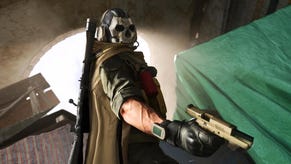Call of Duty: Modern Warfare campaign review - Infinity Ward dares, but doesn't always win
The spirit of Modern Warfare is contained within Captain Price’s moustache.
Once it was thick and bristly like a French hedgerow, a stark signifier from a time when it wasn’t so easy to tell characters apart. In a series famed for noise, it was perhaps the loudest thing. Today, he favours a more sensible trim - one that cuts closer, with a subtler result. And yet he is unmistakable, uncompromised by the downsizing.
This is the most intimate Modern Warfare has been. It’s a Call of Duty game that opens in the back of a van where knees bob anxiously and men smoke to soothe their nerves - before carrying out a terrorist attack in the centre of London. Where enemies sometimes reveal themselves via the shadow that precedes them across the floor, rather than a screech in Russian.
In Modern Warfare’s best level, named Clean House, the only screeching comes from the railway overlooking a tall but innocuous North London residence. This is where those responsible for the attack have holed up, but it’s strikingly ordinary - the frosted panes in the front door; the distant woofing of dogs; the lady who walks into the kitchen to “put the kettle on”, only to find a heavily armed SAS unit staring back at her. Your only job is to stack up on the stairs, clear the rooms on the landing, and repeat until you reach the top. The sense of order and procedure clashes uncomfortably with the chaos of scrambling residents, reaching for weapons or simply a safe place to hide.
Once the night vision goggles come down, as they do a few times over the course of the game, the scene takes on an eerie quality - all too real, like GoPro footage, or Yvette Fielding’s Most Haunted. It’s tempting to define COD’s newfound claustrophobia as survival horror, but the tension doesn’t come from the fact that there are monsters waiting in the dark - instead the fear is they may not be monsters at all.
Throughout the campaign, Infinity Ward puts the onus on you to distinguish between enemy and innocent. It’s a meaningful change in a series that has, for most of its history, washed the streets free of civilians, oversimplifying the ugly business of making war in somebody else’s home. You won’t notice it on your first playthrough, but you’re even given a collateral damage rating for each mission - and marked down for reckless shooting.
That might seem crass to some, but gamifying your responsibility to the people in your crosshairs not only makes for a new challenge, but a more thought-provoking shooter. It heightens the ambiguity and unease that first distinguished Modern Warfare back in 2007.
The campaign doesn’t commit totally to its scaled-down vision for COD. As usual, this heli is headed for World War 3, with all the international drama that entails. The least gripping moments are the most familiar - traipsing after a tank in a “target-rich” urban landscape, or charging across a field strewn with rubble.
That said, it’s not a game too much in thrall to noughties nostalgia. In fact one of the oldest ideas resurrected here - the multi-objective, non-linear maps early campaigns experimented with - is used to briefly turn COD into Dishonored. When Infinity Ward uses the door code 451, in cheeky tribute to System Shock, you know the studio is drawing from inspiration other than its own past.
For the most part the constant variety works in the game’s favour. In contrast to recent CODs, Modern Warfare eschews a single protagonist to flip between perspectives on the fly. But it never fully exploits the potential of that conceit, and brings its three main playable characters together as quickly and often as it can.
As a result, there’s no equivalent to the one-shot scenes that provided Infinity Ward with its most shocking watercooler moments back in the day - for better or worse, there isn’t room here for a No Russian. Instead, the studio goes deep on character development, making nuanced human beings of its rootless CIA agent Alex, frustrated SAS recruit Kyle, and hard-nosed moralist Farah.
The presence of proper storytelling won’t surprise the few who played Infinity Ward’s unfairly maligned space adventure, Infinite Warfare. But this new campaign is testament to the transformation the studio has undergone with the help of former Naughty Dog staff. Modern Warfare wrestles convincingly with its central question of whether tactical or moral high ground is more important in war. That’s saying something, when for a long time you would’ve struggled to identify any intentional themes in COD.
With that success in mind, it’s only right to hold Infinity Ward’s writers accountable for their slips. The villain in this year’s COD is, not for the first time, a Russian of almost cartoonish cruelty. The campaign provides a little counterbalance in the shape of a single Russian ally - a patriot who cannot let General Barkov’s war crimes go unanswered - but there’s no getting around the fact that there have been far more ‘rogue’ Russians represented in 12 years of Modern Warfare than there have moderate ones. In a campaign that finally forefronts Middle Eastern voices, it’s a shame Infinity Ward doesn’t see fit to humanise all sides.
Then there’s the Highway of Death, a level that shares a name with the real-world road that runs from Kuwait City to Basra, where in 1991 an American-led coalition controversially bombed a retreating convoy of Iraqi soldiers. Only in Modern Warfare’s fictional Urzikstan, the highway’s graveyard of abandoned vehicles is blamed on a Russian bombing instead.
Not many would begrudge Infinity Ward some gentle fictionalisation in order to tell a story. But given that there’s a generation playing COD who never saw the TV reports of the early ‘90s, this case feels like a clumsy and irresponsible rewriting of history.
It would be a shame if these missteps came to define Modern Warfare. They stand out against a campaign more thoughtful than any other in COD. Like Captain Price, the new Infinity Ward has proven itself willing to get its hands dirty to try and make things better.
Where the studio has dared to push forward, it’s done so to give us a fuller and more empathetic take on conflict and its consequences. In the process, it’s built a set of missions which, at their best, rewrite the rules of what Call of Duty can be. They point to an exciting future where the series doesn’t just look for a bigger landmark to blow up, but lowers the bodycount to make every encounter matter.
It’s not that the boots are on the ground, but that the camera sticks around to see what kind of footprint they leave behind.
Version tested: PS4. You can read our multiplayer review here.




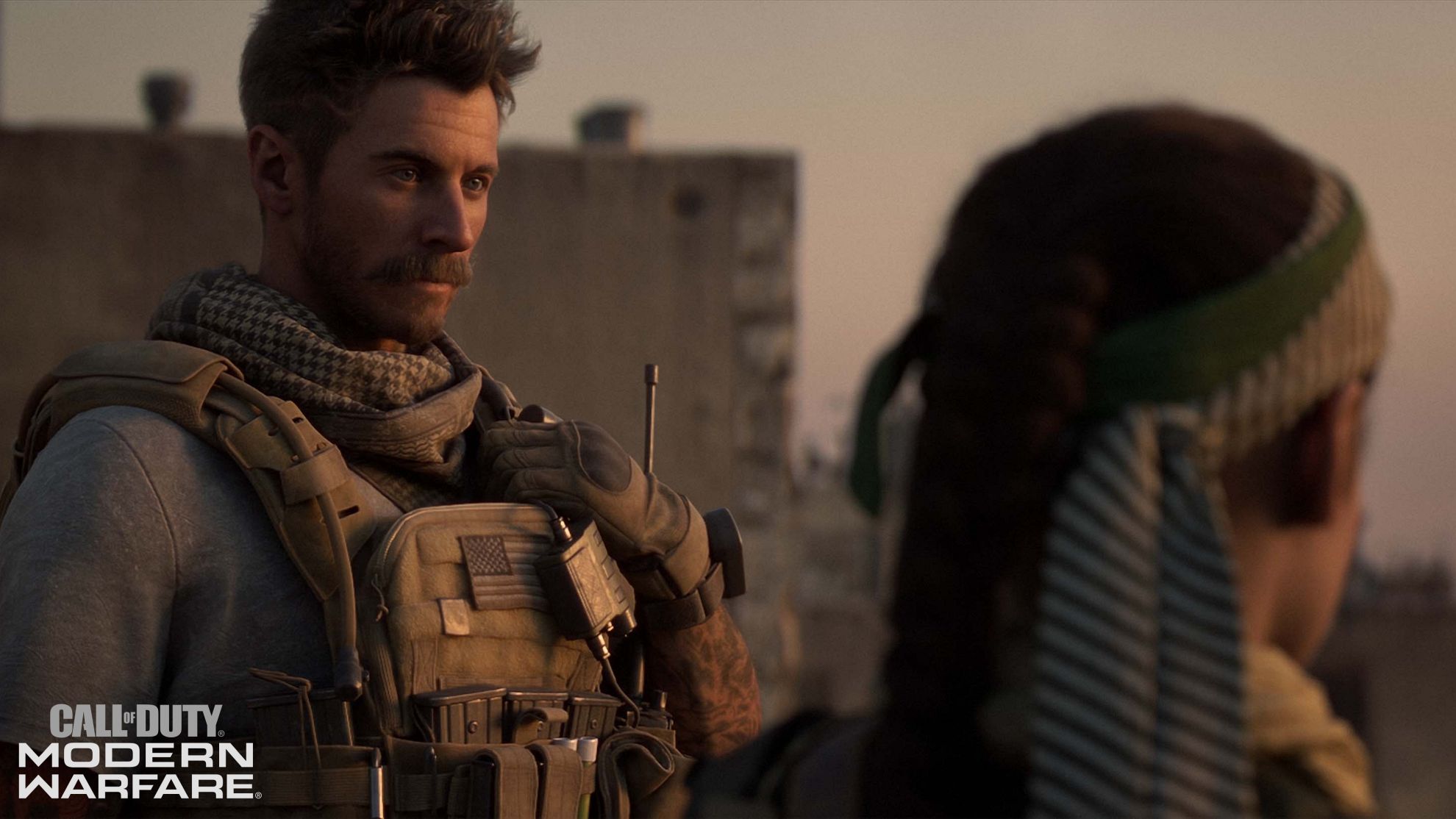
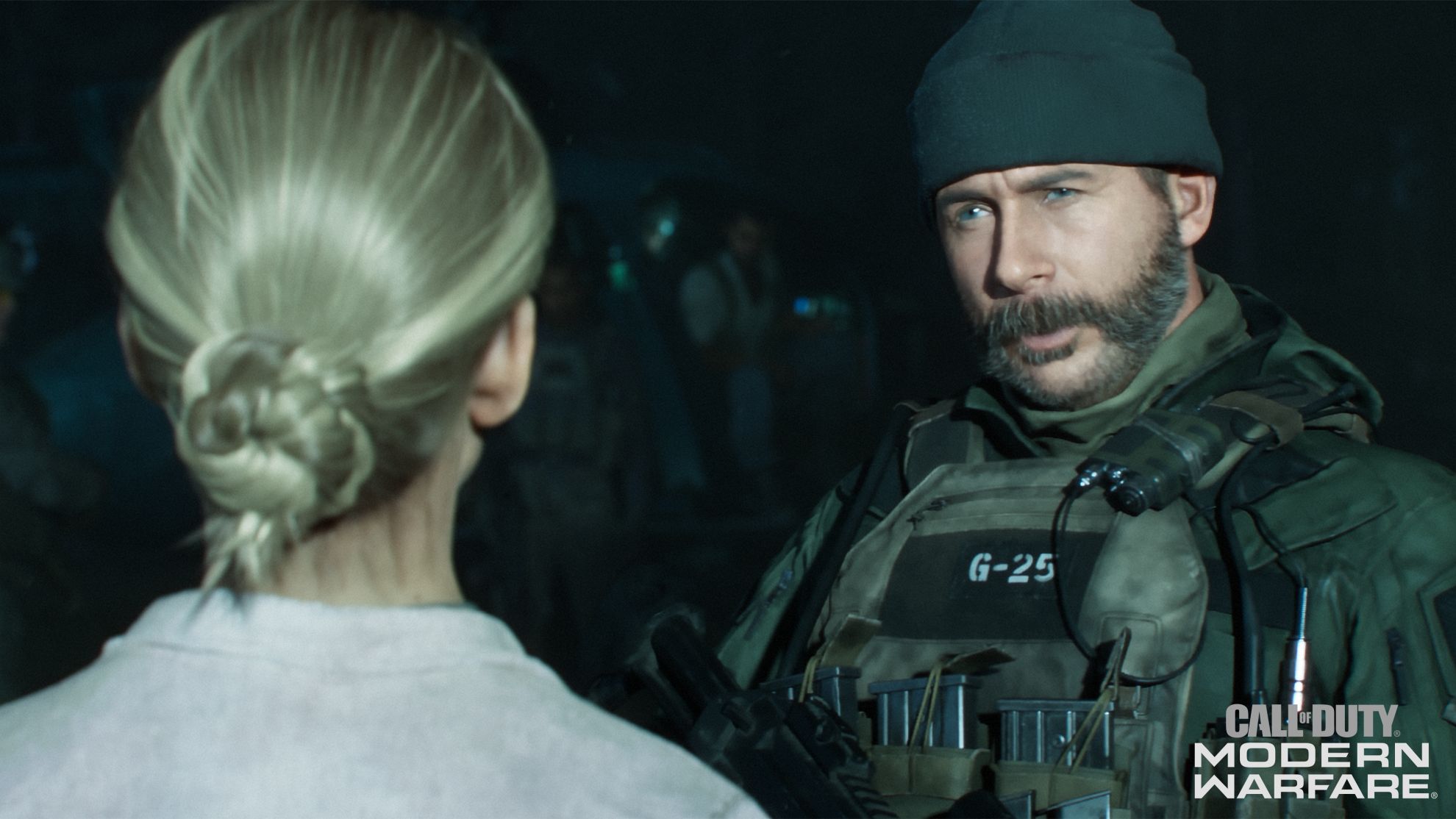
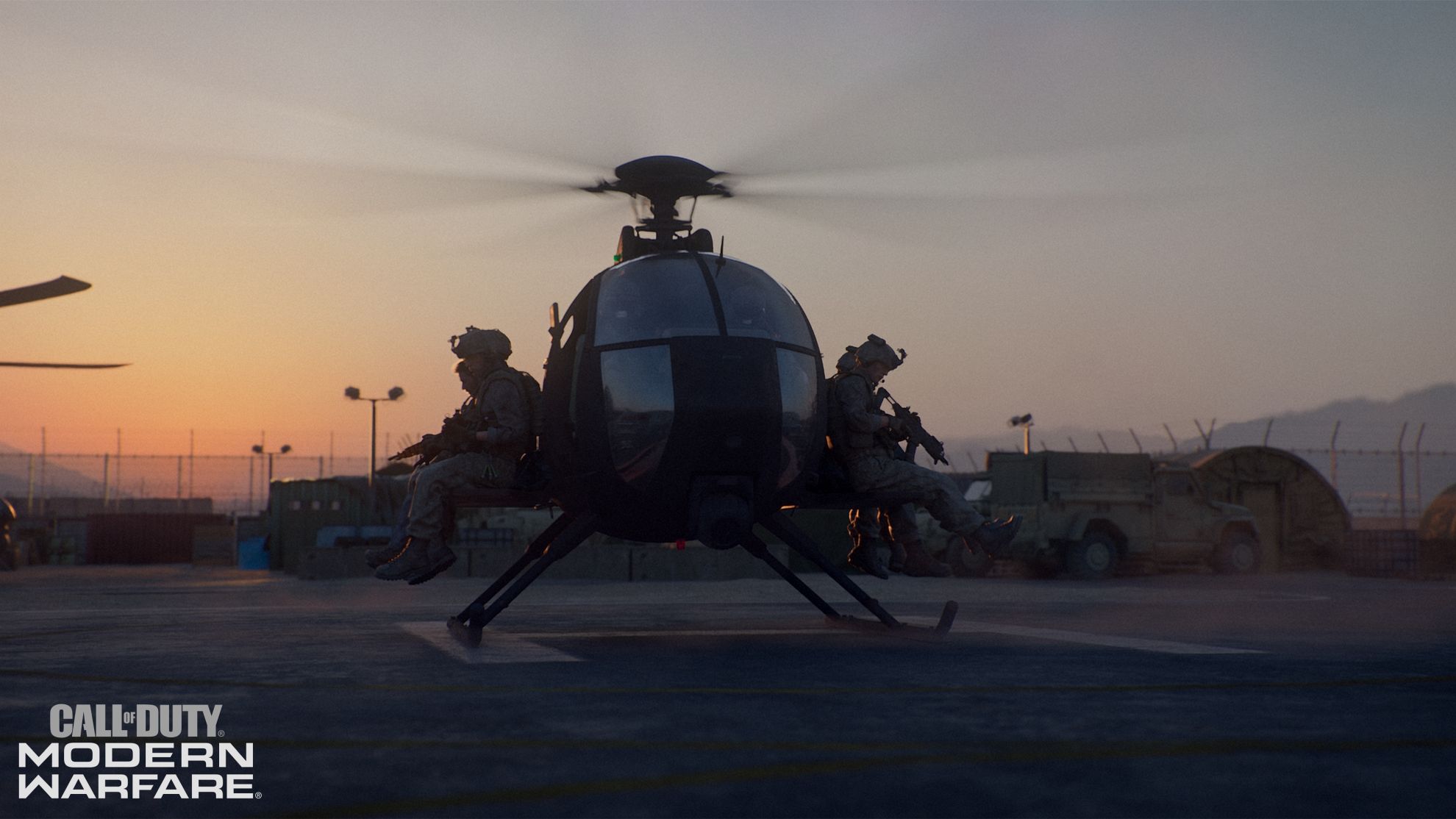
.jpg?width=291&height=164&fit=crop&quality=80&format=jpg&auto=webp)
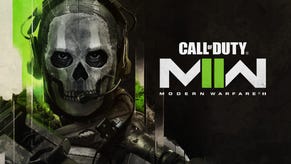



.jpg?width=291&height=164&fit=crop&quality=80&format=jpg&auto=webp)
